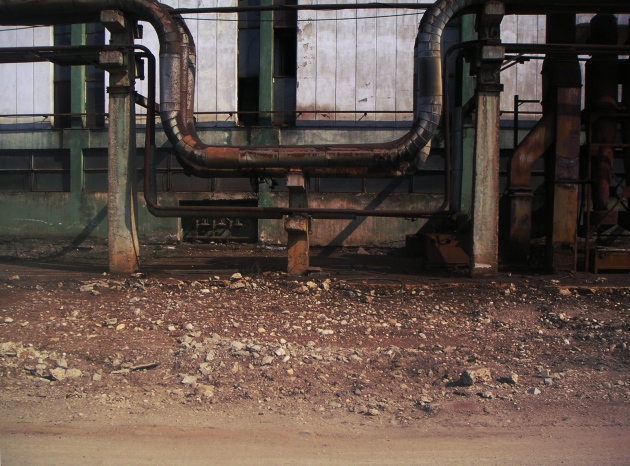With more than 30 years’ experience in the residential and commercial water treatment space, Mark Nelson is a Class 1 Drinking-Water Operator and a CBWA (Canadian Bottled Water Association) Certified Plant Operator. As founder and president of Nelson Water in Ottawa, Mark focuses on dealing with challenging water treatment system designs for problem water. He also heads the largest water bottling plant in the city of Ottawa with a delivery network throughout the Valley.
Water infrastructure provides a steady stream of water for bathing, drinking, cooking, and more to your home. Strong infrastructure is vital to any region, but unfortunately, water infrastructure does not get better with age.
The state of water infrastructure varies throughout Canada, with some areas having stronger systems than others. The wellbeing of a water system can have a significant impact on the quality of your home’s drinking water, and aging water infrastructure can be a major issue.
Improving Water Infrastructure in Canada
The Canadian government has recognized the need for improved water infrastructure throughout the country, establishing the Clean Water and Wastewater Fund (CWWF) to provide short-term funding for infrastructure projects.
The CWWF provides $2 billion for water infrastructure projects including the rehabilitation of water treatment and distribution infrastructure, wastewater and storm water treatment systems, collection and conveyance infrastructure, and initiatives to improve asset management and system optimizations for future projects.
Older water infrastructure is more susceptible to contamination, and one of the biggest issues with water quality can be potential lead contamination. This contamination is often the result of lead water pipes and lead components in water systems. The National Plumbing Code of Canada approved lead as an acceptable material in pipes until 1975, and an acceptable material in solder until 1986. Because of this, many of Canada’s water systems still feature lead components, exposing water supplies to potential lead contamination. The CWWF, as well as other programs, can help replace lead components to produce more modern and effective water systems.
Improving Your Home’s Water Quality
The government may be taking steps towards improving water infrastructure, but as would be expected, infrastructure projects take a long time to complete. Fortunately, there are several steps homeowners can take to ensure their water supply is clean and safe for use.
Installing a domestic water treatment system is a great step towards providing clean water to your home. These systems filter drinking water to eliminate harmful bacteria and remove contaminants. A good treatment system can turn potentially contaminated tap water into clean, fresh water, safe for the whole family to drink. The health hazards associated with using and consuming contaminated water vary from mild gastrointestinal issues to increased blood pressure and the development of serious illnesses.
If you know you live in an area with aging water infrastructure, installing a domestic water treatment system is a smart choice. A water treatment system will protect your water supply as you wait for proper infrastructure improvements and repairs, providing clean water for drinking, bathing, cooking, and more. Be sure to consult with a water treatment professional to find the ideal solution to your needs.

